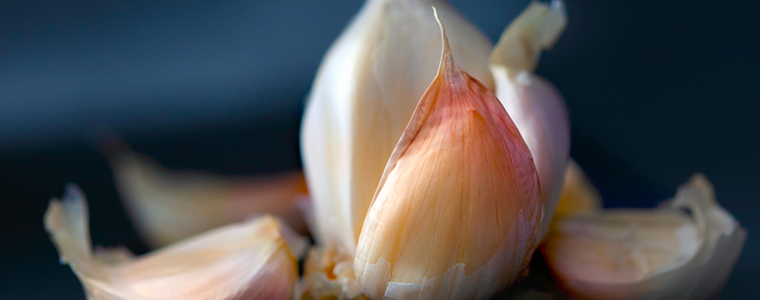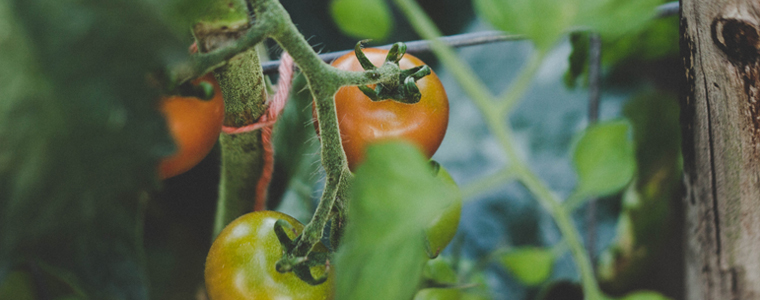If you have driven your farm to be grown towards organic production… So the use of chemical pesticides is a taboo because organic farming requires very strict environmental and human health safety.
However, whenever growing vegetables, there will be pests, so we still need solutions to control them. Therefore, there must be some biological ways to protect plants which have little or no effect on human health and production environment.

The effectiveness from biological pesticides
In the last few years, some farmers have succeeded in making low-cost bio-pesticides that are relatively effective. These drugs can kill up to 85-90% of the pests on vegetables and the price is less than a half of biological drugs available on the market. This method uses plants that are capable of eliminating pests or uses waterpipe tobacco, uses eggshell, etc.

These solutions have a very good use in protecting plants and have little (or no) impact on human health, do not pollute the environment and can be done by yourself.
Properties of bio-pesticides and how to make it…
In the tubers, fruits such as galangal, ginger, garlic, chili … contain acid that affecting many parts such as the eyes, skin of pests and can kill them.
The roots of tobacco plants, the leaves and stems of the chinaberry, the leaves of the tomato, the seeds of the annona squamosa, the pachyrhizus erosus seeds, etc, contain toxins for pests. In addition, pests are also very afraid of makhorka.
* Some simple processing methods that anyone can do as follows:
Soaking with wine, alcohol
Gathering plants, vegetables, such as tomatoes, ginger, garlic, chili … Then wash, cut into slices or thread, soak wine or alcohol in buckets, pots … basing on the type of plant to know how long to soak, usually soak for 3 – 7 days to get the required amount of toxins. Then decant the water and then mixed with water to spray.
Boiling
Washing plants, cut into small pieces, boil for 1 – 2 hours, cook and filter water to cool, remember to add water when spraying.
Pressing (extracting)
Wash plants and soak in water for about 15 minutes, then crush or grind to get water to spray.
* Processing used for family scale
Making from garlic
Using 2-3 large garlics that have already removed the skin, crush and mix with water, soak for 1 day, then filter the juice, mixed with 4 liters of water and put in a bottle to spray illness tree. Spraying when the weather is cool and spray the leaves of the upper, lower, trunk and foot of the trees evenly.

Making from chili
Get 10 peppers really fresh and spicy, crushed by machine or crushed with a mortar, then soak the chili overnight and filter the juice, mixed with 1 liter of water, put in a bottle to spray the illness tree. You should spray when the weather is cool and need to spray the leaves on the top, bottom, trunk and stumps evenly.

Making from tomato leaves
Choose a few dozen tomato leaves, crush and soak with 2 glasses of water, leave overnight, then decant the water and add 2 cups of water, then put in a bottle to spray the illness trees. Spraying when the weather is cool and spray all-sides of leaves, upper, lower, trunk and stump evenly.

Making from a mixture of ginger, garlic, chili and galangal
Prepare enough ingredients, wash and crush the tubers, the fruit then soak with wine or alcohol for about 15 days to let the spicy, hot substances harmonize together, decant the water and dilute it with water, then use it to spray on crops.
This type is made from spicy, hot mixes of chili, garlic, ginger, galangal, wine … so when spraying this solution, the worms shrink and die very quickly, it can kill 85-90% of pests. The conserve time to use this up to 4-5 months.
Making from makhorka (if you do not have makhorka, you can use tobacco)
Take a pack of makhorka or a pack of cigarettes to soak in warm water for 1 night, then filter the water and add one teaspoon of dishwashing liquid, mix the solution with 4 – 8 liters of water and use them to spray on illness treets. Spraying when the weather is cool and spray all-sides of leaves, upper, lower, trunk and stump evenly.
Method to use
Depending on the pest species on each crop, we are more or less diluted to make the solution have a suitable concentration. When making biological pesticides from plants, you can add a little soap or dishwashing liquid … or mineral oil to increase adhesion to the solution. Plant solutions are very effective to kill pests and ensure the safety of vegetable and the fruit products.
How to identify plants that have the ability to kill insects
Look for fluid (sap) of the plant
Following small animals that live near trees such as spiders, ants, etc. If you do not see these small animals using plants as food, you can identify that plants contain toxins and can be used as pesticides (except tobacco and makhorka, they still have aphids and harmful pests).
Touching
If the sap has a strong smell, causing a person’s skin to become hot or itchy, so its fluid contains toxins (tobacco, pachyrhizus erosus seeds, etc.).
Smell
The poisonous plants have a strong, maple flavour or spicy smell … difficult to smell (the leaves and bark of Chinaberry trees, tobacco leaves, makhorka, datura metel …).



